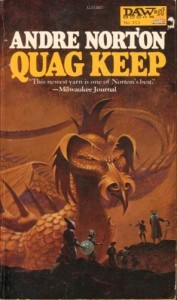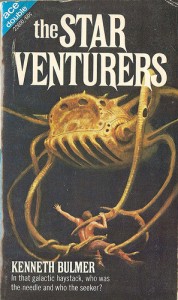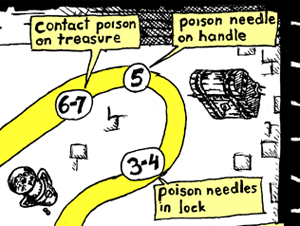I’m a logistics-light DM, so I never tracked time. Before the endless 5e playtest, back when I occasionally ran actual campaigns, I’d sometimes have the game weather match the real weather, and that was about it. I think that’s how a lot of DMs play, and I actually think it’s not a bad system.
I have some ideas for pushing this non-system a little farther. Some of the ideas are sillier than others. I’m not sure if I’d always want to play this way, but it’s worth an experiment – next time I run a campaign.
What year and month is it in D&D? It’s always now. For instance, in real life, it’s January ’13. If I started a D&D adventure right now, it’d be set in January ’13. Maybe not 2013, but the thirteenth year in some century.
What century is it? That’s determined by the edition you’re playing. If you’re playing Fourth Edition, it’s January 413 – the thirteenth year of the Fourth Age. If you play First Edition, it’s the year 113. In OD&D, it’s plain old Year 13. This calendar system will work for the next eighty-seven real years, by which time we’ll all be dead.
Tweaks: If you play 3.5, maybe it’s the year 363: 350 + 13. Pathfinder game: 375 + 13. If you’re playing 13th Age, it’s the year 1313. Auspicious!
How time passes: Generally, the fantasy-world date keeps up with the real date. If two weeks pass between game sessions, two weeks pass in the game world. Exceptions: a single day’s adventure might take multiple sessions, or the players might take a five-day boat trip during a session. In this case, fantasy and real time get out of sync. However, between sessions, the fantasy date advances to the current date.
the four-hour work week
Reading 2e books, I discovered that the “adventure” and the game session used to be virtually synonymous. Nowadays, we think of session-based mechanics as strictly indie-game territory. Interestingly, in the “it’s always now” system, you can tie renewable resources to the session. If you play in a weekly D&D game, you can have hit points and spells fully recharge every in-game week. Thus, you can’t rest and recharge multiple times in a single game session. The five-minute workday is gone.
Sometimes, beat-up characters do need rest. I’d say that the players can always rest overnight during the course of a game session, recovering most of their hit points and a few spells. Complete rest, though, requires a week of off-time – for the players AND characters.
travel
Another obstacle to the “it’s always now” method is that you can’t easily hand-wave two weeks of travel. You’ll want to adjust your hex-crawl parameters so that a week of wilderness travel frequently takes at least a session.
festivals!
A bonus of using today’s date: My DMing practice is that, when the PCs enter a village and ask what’s going on, there’s equal chances of 1) business as usual, 2) supernatural crisis, or 3) a festival. Using the real date helps you schedule real-holiday-appropriate festivals (and supernatural crises, for Halloween). Festivals offer lots of opportunities for silly competitions and quests. I’ve had PCs win ice-sculpture contests at the Ice Festival, compete in pumpkin-throwing and pie-eating contests at the Pumpkin Fair, and look for lost May Queens at the spring holiday.
weather
Another bonus: you can use the real world as your weather generator. If your players come in tracking snow on your floor, you can throw a blizzard into the adventure. Note: This doesn’t work for people who live in California. Those characters, like their players, live in a typical D&D campaign: an unrealistically clement fairyland.











